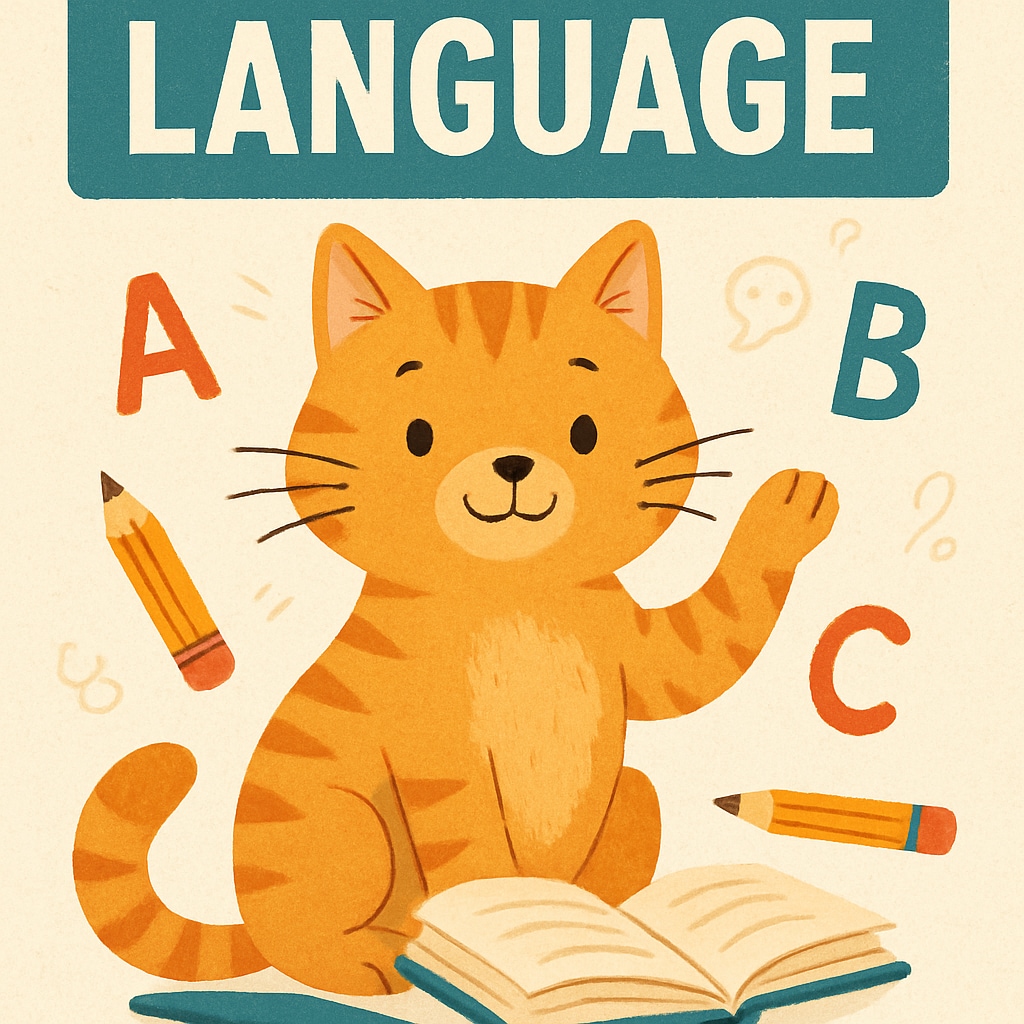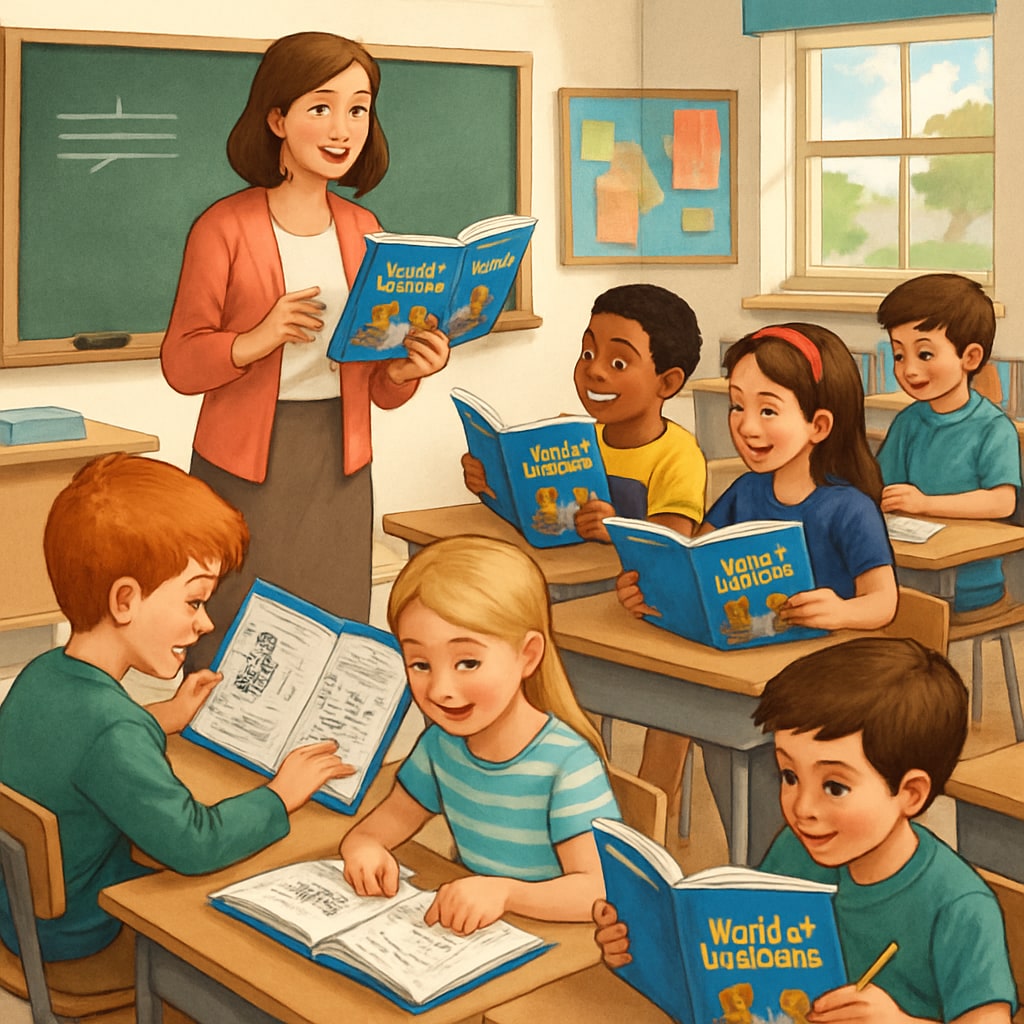The “World of Language” elementary language textbook series, particularly the memorable third-grade edition with its iconic cat cover, holds a special place in the hearts of countless students and educators. As digital resources increasingly dominate the educational landscape, this series serves as a timely reminder of the power of systematic, engaging, and deeply thoughtful teaching tools. Its unique approach to developing language skills continues to offer valuable lessons for modern education, despite the passage of time.
A Systematic Approach to Language Education
One of the standout features of the “World of Language” series was its structured methodology. Each grade-level textbook built upon the foundations laid by the previous year, ensuring a cohesive progression in language development. The third-grade edition, with its charming cat cover, exemplified this approach by introducing students to complex sentence structures, vocabulary expansion, and the art of storytelling. This systematic growth allowed students to not only learn language mechanics but also to appreciate its beauty and versatility.

Engagement Through Creativity
Beyond structure, the series excelled in its ability to captivate young learners. The textbooks incorporated diverse literary texts, interactive exercises, and colorful illustrations that made language learning an enjoyable experience. For example, the third-grade edition encouraged creative writing through prompts tied to relatable themes, such as pets, family, and nature. This fostered a sense of personal connection and made the learning process immersive.
Moreover, the use of relatable imagery, like the cat on the cover, was more than mere decoration; it symbolized curiosity, playfulness, and exploration—key traits encouraged in the curriculum itself. Such design choices demonstrated the authors’ understanding of how visual elements can enhance educational content.

Lessons for the Digital Age
In today’s era of digital learning tools, it’s worth examining what made “World of Language” so effective. Unlike many modern resources that prioritize convenience over depth, this series balanced accessibility with a thorough exploration of language concepts. Its combination of structure, creativity, and engagement offered students a holistic learning experience that is rare in many contemporary digital platforms.
For educators, the series provides invaluable insights into designing curricula that are both systematic and stimulating. By incorporating elements like relatable themes, interactive exercises, and visual appeal, modern resources can emulate the enduring success of these textbooks. For students, revisiting such tools can rekindle an appreciation for the foundational skills that shaped their language abilities.
Readability guidance: Use short paragraphs to summarize key ideas. Include structured lists wherever applicable to enhance clarity and organization. Employ active voice and transition words to improve flow.


